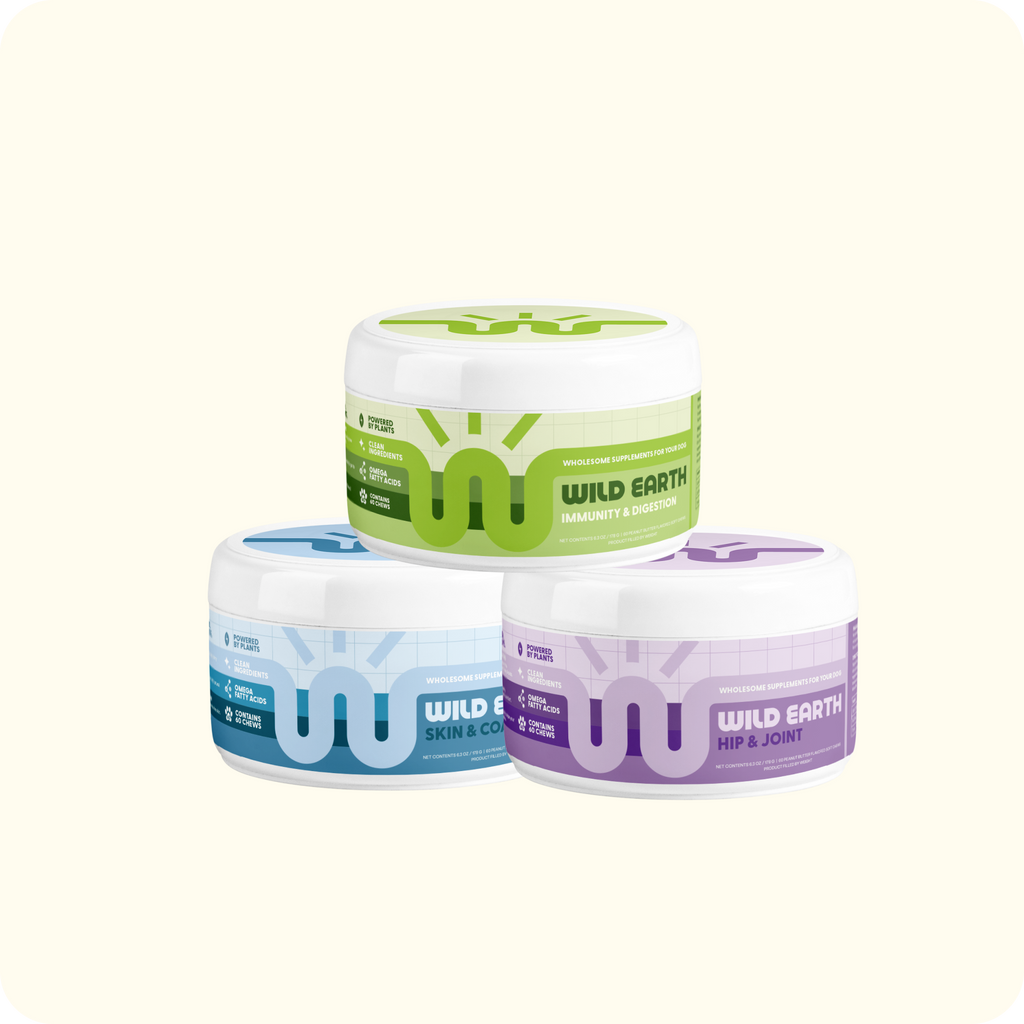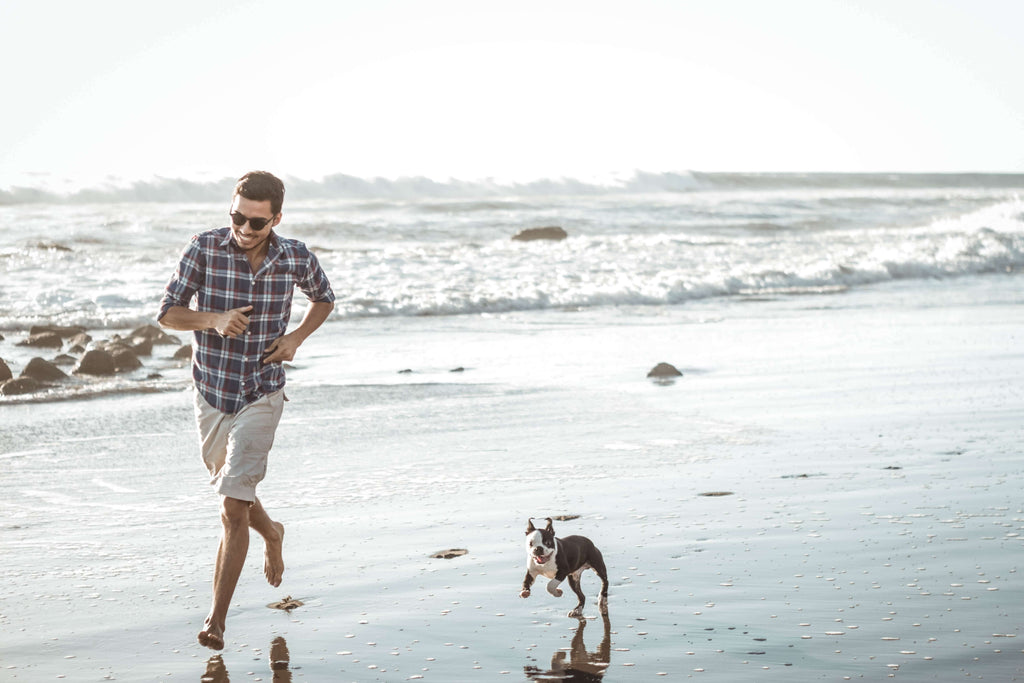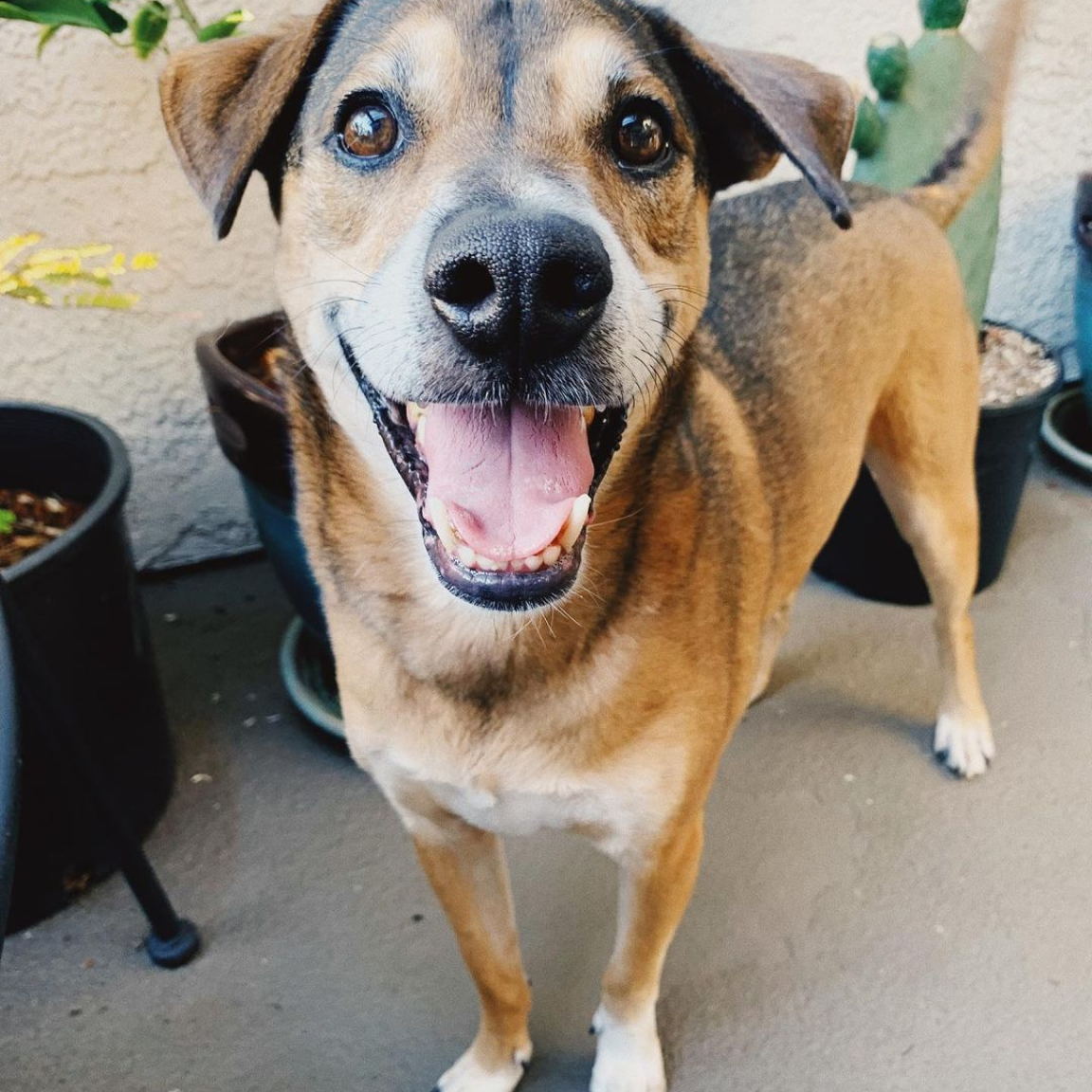
Summer Safety Tips for your Pet
Summer is here and that means fun in the sun for us and our four-legged family members. While long days spent frolicking outdoors creates priceless memories, it can also pose hidden dangers to your dog. By following these simple guidelines, you can ensure your pet enjoys summer safely.
Stay Hydrated
Dogs that play or spend time outdoors in the heat need to drink plenty of water. A dog or cat that becomes five percent dehydrated will develop early signs of heat stress while a pet that experiences ten percent dehydration will be severely ill. To avoid dehydration, always carry fresh water with you and offer it to your dog at least every thirty minutes. There are many styles of portable dog bowls that are convenient to carry. Under normal circumstances, most pets will drink about an ounce of water per pound of body weight per day. In hot and humid conditions, your pet may need three to four times this amount.
Pets Get Sunburned, Too
Dogs and cats are susceptible to the same skin damage from ultraviolet rays that humans are, including skin cancer. This is especially true in white or light-colored pets and areas of the body that are thinly haired, such as the nose, face and ears, and in breeds with little hair such as Shar-Pei and Chinese crested hairless dogs. If your pooch prefers sunbathing on their backs, the stomach area can be susceptible to sun damage. Dog sunsuits, visors, and hats can protect at-risk dogs while looking summer-stylish. They come in a variety of designs, colors, and materials to suit any particular pooch preference. Look for a suit that is at least 30+ UPF with 50+ UPF ideal.
The eyes and nose of dogs and cats are highly susceptible to damage from the sun’s rays because they are typically lightly pigmented and frequently exposed to direct sunlight. If you’re going to spend the day lounging at the beach or lake with your dog, I recommend using some form of sun protection. Clothing and shade are the safest and best ways to avoid your dog experiencing UV skin damage. With the recent FDA concerns about chemical sunscreen actives (avobenzone, oxybenzone, octocrylene, homosalate, octisalate, and octinoxate), I advise you to talk to your veterinarian before applying sunscreen on your dog. The current research demonstrates these chemicals can enter the bloodstream even after a single application and can remain in the body for extended periods of time. While these studies only apply to humans, it’s enough to make you cautious about their use in dogs until we better understand the risks.
We also recommend avoiding using sunscreens that contain octisalate on cats because accidental ingestion could cause toxicity. Avoid products that contain zinc oxide because licking could lead to a serious condition called hemolytic anemia in some pets.
Chill Out When It Gets Too Hot
The amount of time a dog can exercise in the heat is dependent on several factors: the acclimatization of the dog (how long and frequently they have been exposed to hot temperatures), their current fitness levels (lean, fitter dogs can endure high temperatures longer than out-of-shape, overweight dogs), and hydration status.
In general, once it gets above 85 degrees Fahrenheit, dog owners should use caution when exercising their dog outdoors. For most healthy adult dogs, moderate activity for thirty minutes is safe. When temps exceed 90 degrees, it’s probably best for both of you to skip the outdoor workout until it cools down. During the summer months, try to walk or jog in the early morning or evenings or seek shady trails.
If your dog begins to have rapid or labored breathing, begins to resist walking, or acts depressed, your dog may be overheating. In these cases, stop, rest, and rehydrate. This doesn’t mean you should cease exercising just because your dog is panting; you need to closely watch your pet to determine if the panting is excessive or abnormal. If in doubt, take a break, rehydrate, and cool down.
The beach is the BEST! Just make sure to enjoy it safely.
Water Safety
Many pet owners enjoy taking their dog to the beach for a dip or for a ride in their boat. These activities are great ways to bond with your pup and we encourage people to include their dogs in outdoor fun. Whenever your dog is on a boat, we strongly advise you to use a properly-fitted pet floatation device. Purchase one with a large, convenient handle that allows you to safely retrieve or assist your canine should they fall overboard or tire from swimming. It can get hot wearing a life vest, so be sure to provide shade and plenty of water during your trip.
Dogs often ingest water when swimming. If they drink seawater, they will often develop vomiting or diarrhea. Most cases will resolve quickly but if your pet continues to experience GI upset for more than 24 hours, seek medical attention. Another potential water excursion threat is drinking contaminated water. There are many water-borne parasites and infections that you and your dog can contract from ponds and lakes, including leptospirosis and blue-green algae. Always verify that the water you intend to swim in is safe. Don’t allow your dog to go into any body of water you aren’t certain is free from hidden dangers. In addition to microscopic predators, many ponds are also home to alligators, cottonmouths (also known as water moccasins), and venomous insects.
Pool Perils
Be careful if you have a backyard pool. There have been several cases of accidental drowning after a dog fell in when the owner wasn’t supervising them. Even the strongest dog paddler will tire if they can’t get out of the pool. If you haven’t already, spend some time training your dog to get out of a pool by itself. Whenever possible, restrict any unsupervised access to a pool by your dog. Pool safety extends to our pet children, too.
After you enjoy a day cooling off in your favorite watering hole or pool, be sure to rinse your dog’s coat with plenty of clean, fresh, water and a hypoallergenic pet shampoo. Clean and dry the ears with an ear cleaning solution that contains an astringent or drying agent. Many cases of ear infections are caused by allowing moisture to remain in the ears after swimming or bathing.
Thunderstorms and Fireworks
Summertime also means frequent afternoon thunderstorms and holiday fireworks. Many pets are frightened of loud noises and these events may trigger severe anxiety and stress. If your pet becomes destructive or behaves abnormally in response to loud noises, there is help. In addition to great pharmacologic treatments to help relax your pet during these stressful times, there are non-prescription remedies that may help. Gradual desensitization using storm recordings works remarkably well for most pets.
Talk with your veterinarian about how to calm your best buddy with a storm problem or fear of noises. There’s no reason any pet should have to cower in a closet or destroy the furniture to get relief from frightening noises.
Heartworms, Fleas, and Ticks
Finally, warm weather brings out the pests. Every major veterinary medical organization and veterinary medical school advises that all dogs and cats in the US should be on heartworm preventive year-round. If you want more information about why prevention is critical, check out the American Heartworm Society (AHS), an organization that has been warning pet owners about this deadly disease since 1974.
My friends at the Companion Animal Parasite Council (CAPC) keep current maps showing you where heartworm disease and other parasitic conditions are most prevalent and why prevention is essential. Heartworm disease is fatal if untreated in dogs and there is no treatment for cats.
In addition to heartworm preventive, most pets need a flea preventive, especially during warmer months. There are several choices, including newer, more eco-friendly oral options. Many newer heartworm preventives also contain a flea preventive and some even provide protection against the common species of ticks. Talk with your veterinarian about the safest and most effective flea preventive for your pet.
Pets that live in wooded areas often are exposed to disease-carrying ticks. Many modern flea preventives will also protect against ticks. Because the ingredients to kill ticks can be toxic, ask your veterinarian for the safest products for your pet and family, especially if you have toddlers in your home.
One mosquito, flea or tick bite is too many for any pet. Don’t risk your pet’s health (and your money) by allowing your pet to be at risk. Today’s preventives are highly efficacious and extremely safe.
Enjoy the Sun!
Summer is a great time of year for people and pets. The activities you share with your pets this season will last a lifetime. Be smart, safe, and enjoy the sunshine and break a sweat with your pet!










































